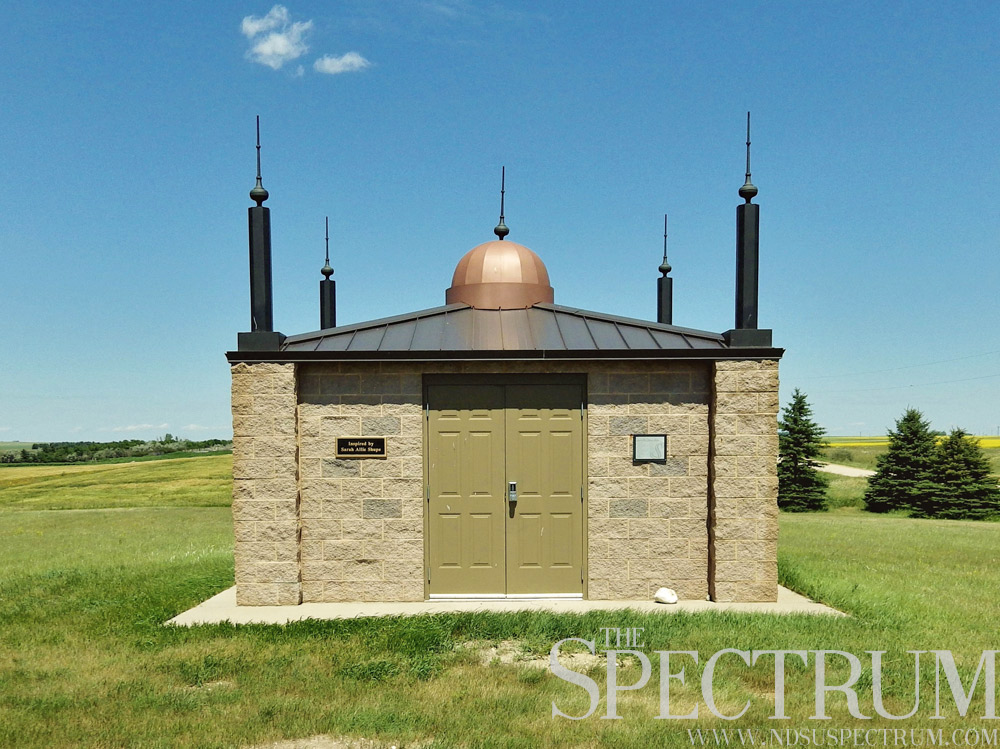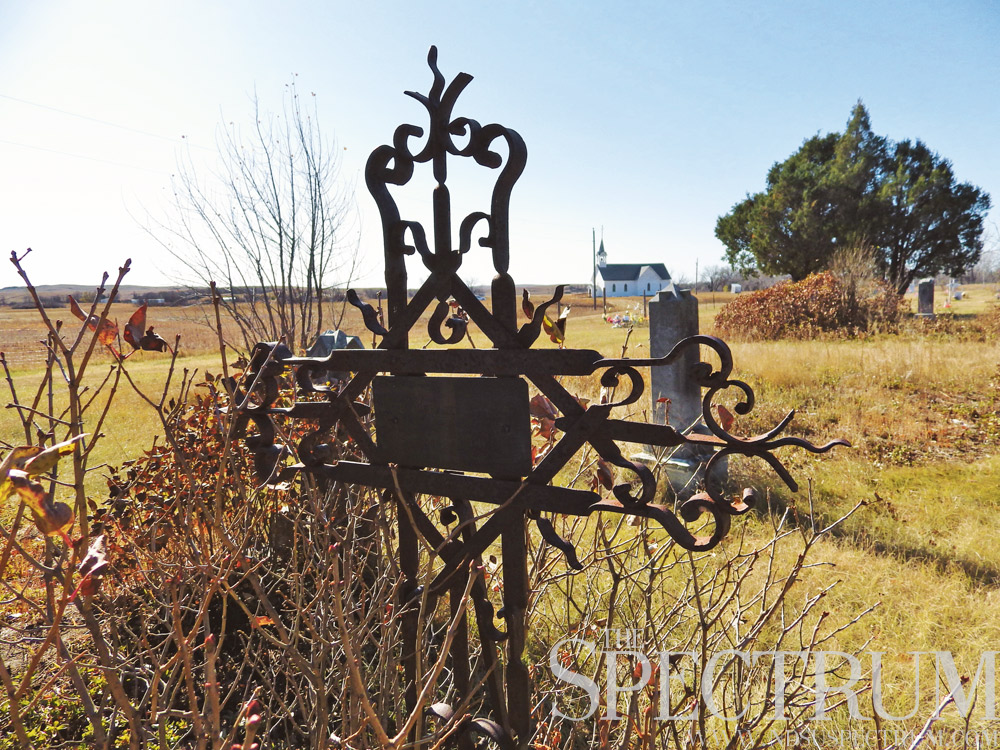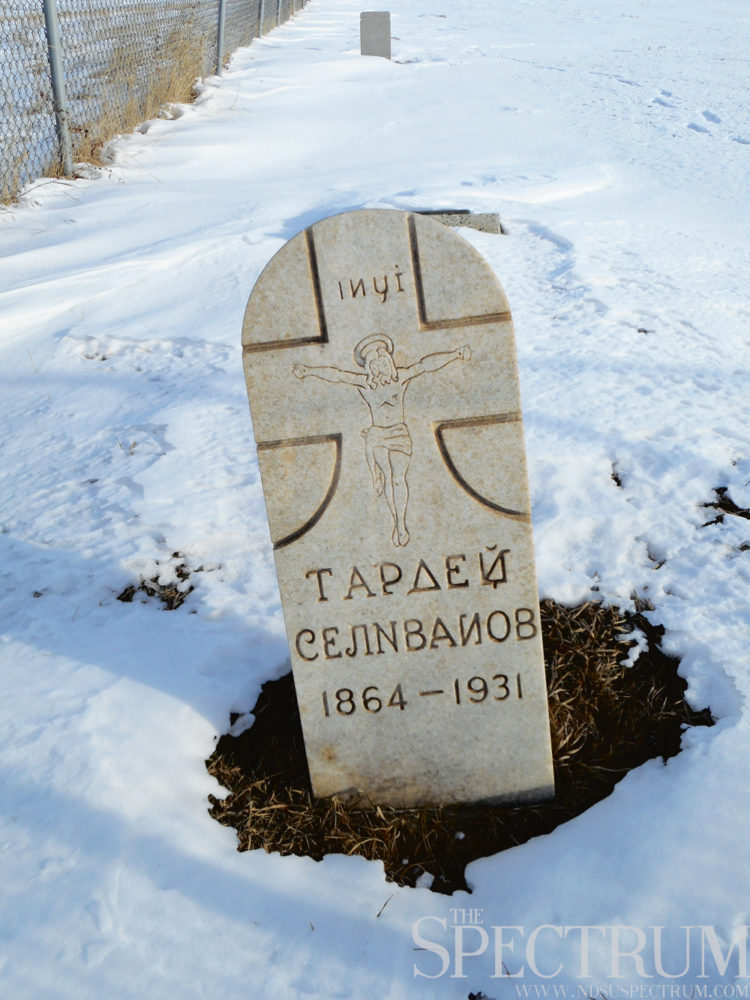
America’s first mosque was built by Lebanese Syrian settlers near Ross, N.D., in 1929. A replica monument was built to memorialize the structure in 2005.
A road trip this summer showed me something I hadn’t thought of before.
Returning from Theodore Roosevelt National Park on Highway 2, my friends and I happened upon a replica monument to America’s first mosque — in northwestern North Dakota.
Now that was unexpected.
A little research after coming home confirmed America’s first building established as a mosque was built in 1929 east of Ross, N.D. Wow.
I’ve heard how North Dakota is not “diverse” with its population of more than 90 percent white people, as ABC News reported in March based on U.S. Census data.
North Dakota, the network found, is one of the “whitest” states in the U.S. and for that reason, is one of the “least diverse.”
Now hold the phone.
Are we defining diversity as skin color or does it go deeper than that? Surely the latter. Diversity, in its simplest terms, is the similarities and differences people have. So limiting the term to skin color or race is surely a shallow measurement.
Diversity extends to age, language, socioeconomic background, physicality, appearance, mental health, gender identity, sexual orientation and all around life experience. It’s everything you are.
Skin color is superficial.

The grave of Bessie Carry the Moccasin, a Sioux woman, is marked with a wrought iron cross produced by a German from Russia in Porcupine, N.D., in 1911.
We’re all different. We all offer diverse perspectives.
As for North Dakota, I reject that our state is not diverse. Maybe not by ABC News’ standards.
Look at the state’s history. North Dakota Studies found that “all the European and some Middle Eastern ethnic groups came to North Dakota. The variety of immigrant groups was phenomenal.”
Poles in Warsaw. Czechs in New Hradec. Lebanese Syrians in Ross. Jews in Marmarth and Devils Lake. African-Americans in Alexander and Driscoll. Hollanders in Belfield. Japanese in Williston.
Germans from Russia wrought iron cross grave markers for their Sioux neighbors in south central North Dakota.
Russian, Ukrainian and Greek settlers used the same house of worship in a church west of Killdeer for decades.
A black woman was one of Fargo’s most affluent residents in the city’s early years.
North Dakota’s pioneers pulsed with true diversity derived from life experiences and wide ranging backgrounds. And as their descendants, we carry that heritage with us.
There are plenty of people who would lump all of North Dakota’s white population as one and call the state not diverse. These are probably the same people who would look past the state’s history and all the ethnicities and stories of those who came here to the northern prairie.
What counts are the qualities of a person, not the quantity of a people.

North Dakota’s diversity is all around us.
It’s in the cemeteries of iron crosses wrought by Germans from Russia in Hague and Zeeland. It’s in the offerings at Medicine Rock, the oracle near Elgin visited by Hidatsas for hundreds of years. It’s in 150,000 flowers in the International Peace Garden north of Dunseith, celebrating peace along the world’s longest unfortified boundary.
And in the minarets of a mosque near Ross, North Dakota.
